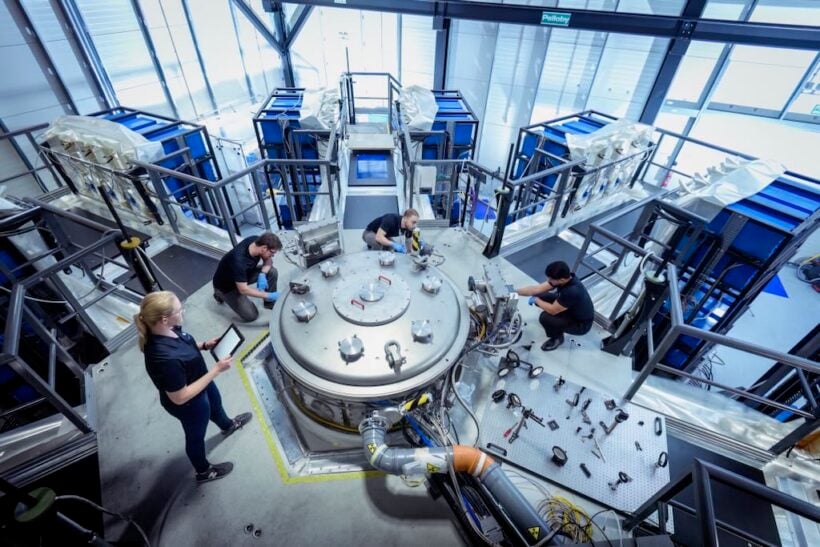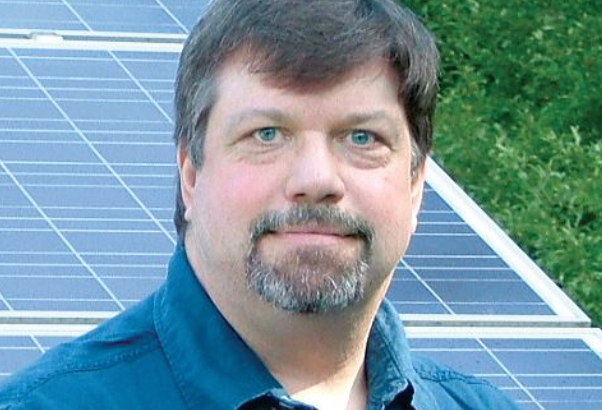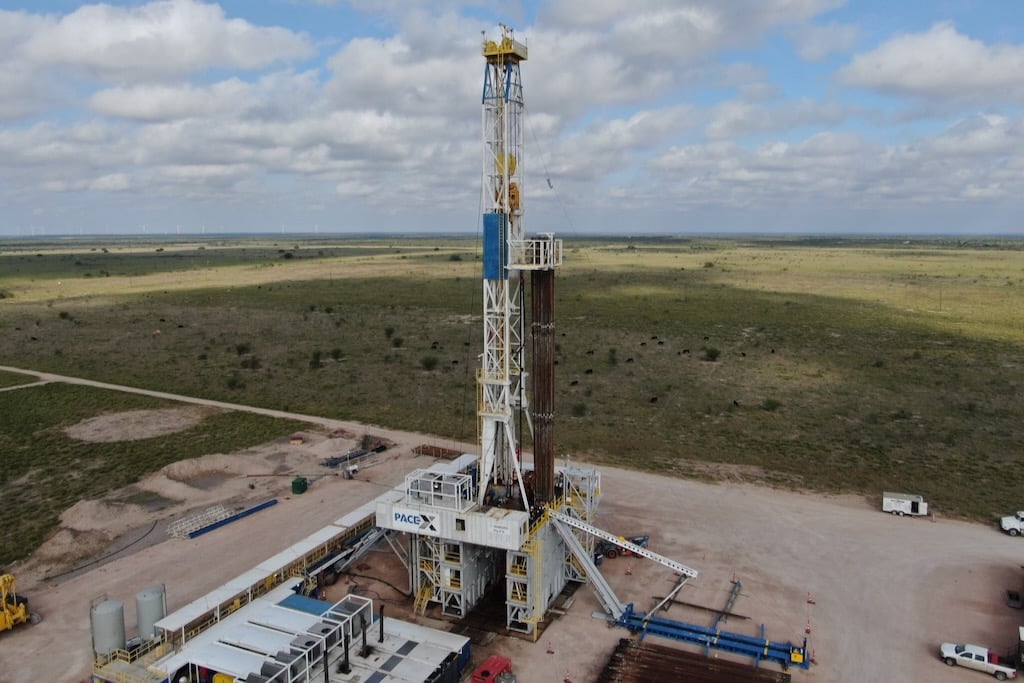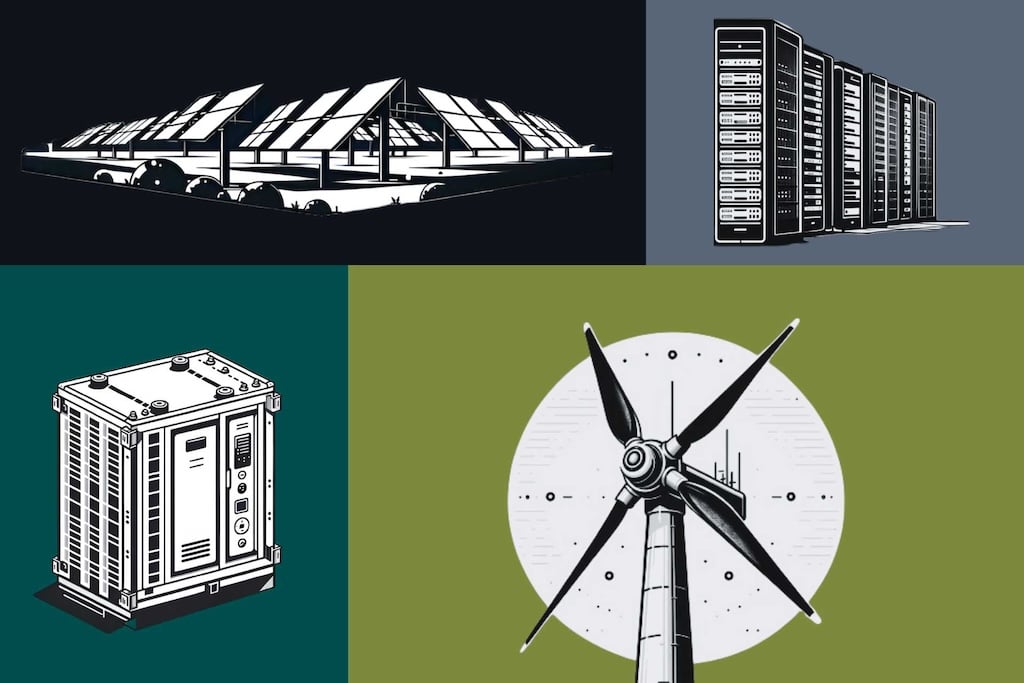Nuclear-fusion power plants have gotten a bit closer to reality—specifically 10 centimeters closer. That’s the new “standoff” range at which Oxford, U.K.-based First Light Fusion says it can bombard a hydrogen fuel target accurately with the goal of igniting a reaction. This is a 10-fold increase for the company’s “electric gun” to fire its small metal projectiles accurately.
“There are many challenges associated with a concept power plant, and the standoff distance was one of them,” said Ryan Ramsey, First Light’s chief operations officer. “This result has now given us a clear and simpler pathway to increasing the standoff distance in a power plant, which will be several meters.”

Commercial-scale fusion reactors based on this design will require electric guns positioned far enough away to survive the intense heat of the reactor chamber and still be accurate enough to hit the fuel target.
Kicking Off a Fusion Reaction
A number of companies are pursuing various approaches to achieving sustained fusion reactions as a means of generating electricity. First Light is among those focused now on the inertial containment process, where pressure from the bombardment energy helps achieve the conditions necessary for fusion. Other popular methods use electromagnetic fields to produce the needed pressure.
The U.S. Lawrence Livermore National Ignition Facility (NIF) now almost routinely announces headline-grabbing inertial containment advances. These are often touted as examples of how commercial fusion generation is just around the corner. In this context, “ignition” means that more power was generated from a fusion reaction than was used to create it.
According to First Fusion’s Ramsey, the ignition demonstration at the NIF in December 2022 was a watershed moment for inertial fusion. “NIF’s result has revolutionized the way we think of fusion and is one of the biggest milestones towards developing a commercial fusion source, because it proves that the core physics works,” he said.

A Simpler, Cheaper Ignition System
However, NIF’s mission does not necessarily include commercial fusion development, and its expansive and expensive laser-based system is not practical for sustained power generation.
The trick is accomplishing ignition using more modest means that can be scaled into a commercial power generation setting. First Light has settled on an approach to ignition that uses lower-powered electric guns to create intense pressure instead of massive lasers that create intense heat, as at the NIF.
First Light’s system fires coin-shaped metal alloy projectiles at a special gel surrounding the hydrogen fuel. This gel transmits the inertial energy of impact into a pressure wave that compresses the hydrogen atoms, triggering fusion and a massive release of energy.
Ramsey characterized the design of the fuel-gel package as the company’s “secret sauce” that enables it to use projectiles that can be fired at much lower power levels than laser-powered, heat-based inertial containment systems require. Individual fuel packages may be dropped into a chamber and then hit by projectiles accelerated to hypersonic speeds. The projectiles are pulse-fired at targets, with each ignition event creating intense heat that turns water into steam that drives a turbine to generate electricity.
Achieving Commercial Scale
First Light says its recent achievement demonstrates that its electric guns can be made accurate, powerful, and reliable enough to deliver projectiles on targets consistently in a power plant setting. At the same time, fusion is still a bit hazy as to when it will generate electricity for consumers. Estimates range from a decade to never. Consider First Fusion’s achievement: There is a long way to go from 10 cm to several meters. Also, the electric gun is only one part of the problem.
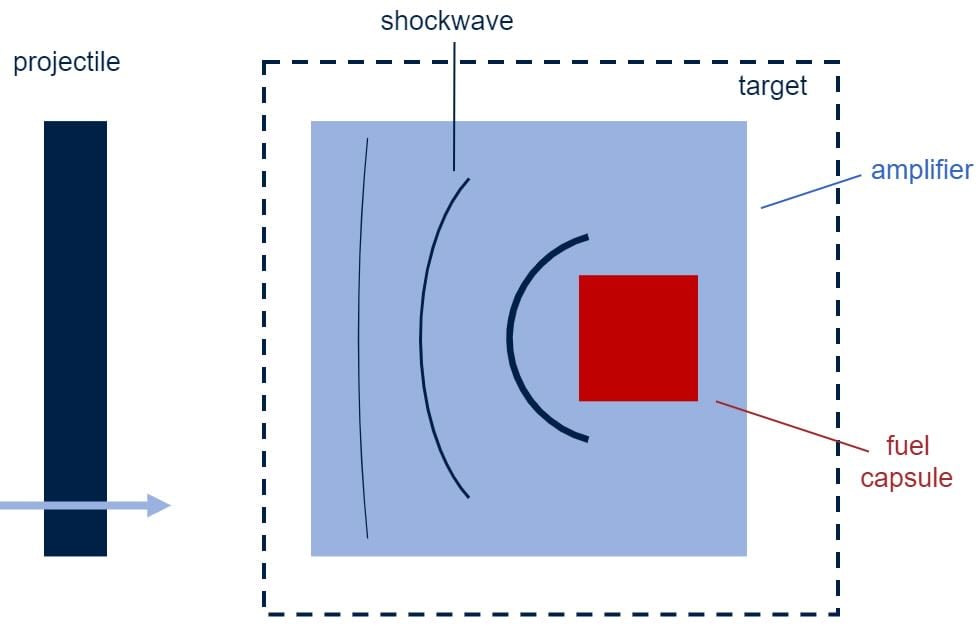
“We have various streams progressing in parallel, too,” Ramsey said. “A major focus for us is to continually improve our amplifier technology that is wrapped around the fuel capsule.” He adds that the company will continue to design and develop a pilot power plant based on its projectile fusion approach.
The important features of inertial containment remain in laboratory projects and simulations. At the same time, the radical improvement in the standoff range of the electric gun, one of its key components, shows that the way forward is promising.

